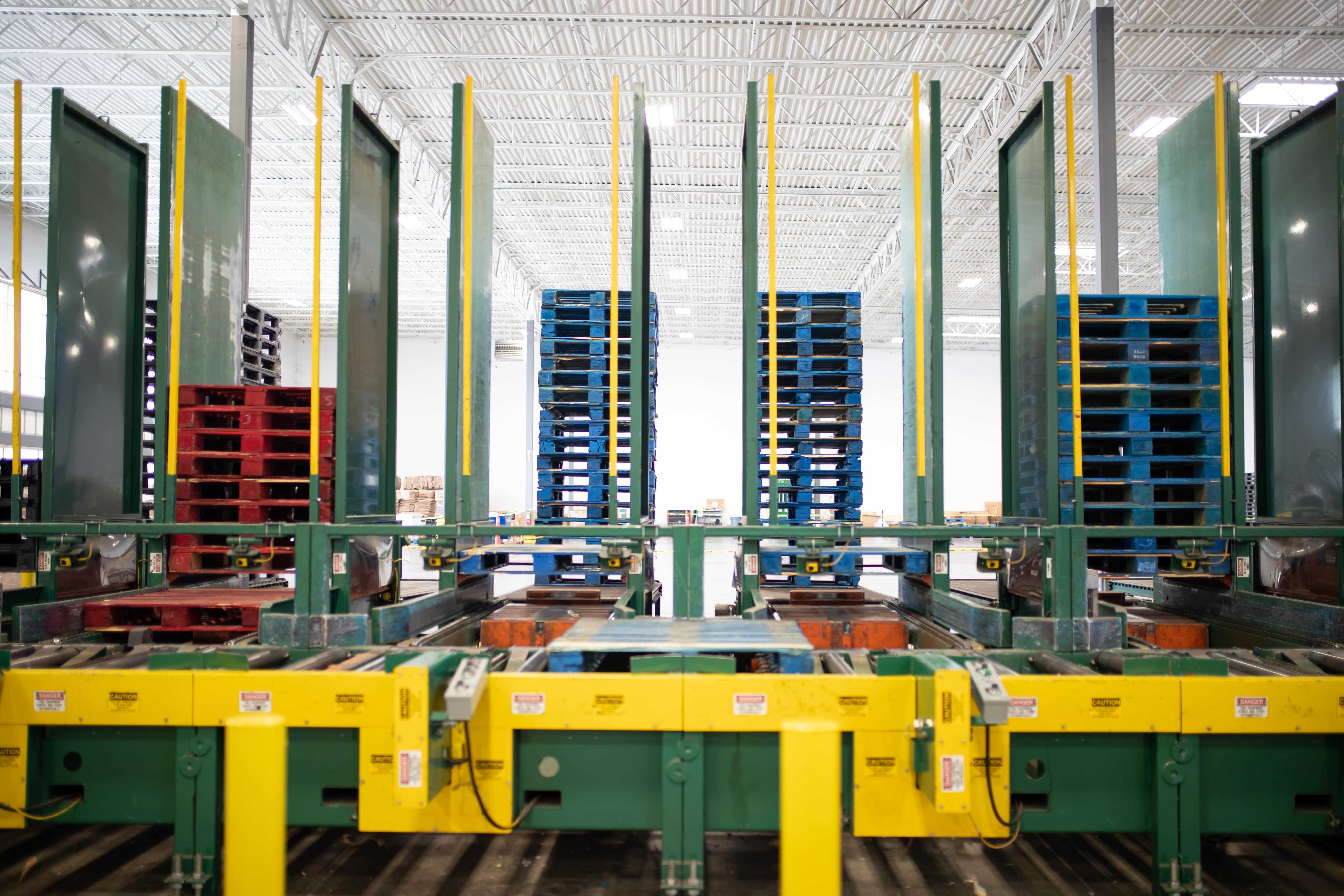
Most companies these days are at least developing awareness of their impacts on the environment. Many are taking active steps to reduce those impacts. While changes to in-house operations and processes are laudable, supply chain emissions are more than five times greater than your direct operations, according to a report from CDP.
If that’s true, some of the most significant progress you can make on sustainability efforts will come from your supply chain. How do you do that? Here are five actions you can implement immediately to start reducing your footprint on the environment.
Auditing and Simplifying
It’s practically impossible to effect any significant change to your supply chain without useful visibility of it, and very few companies actually have such detailed views. Supply chains are more complex than ever before, so gaining this visibility isn’t always easy, but mapping out your supply chain is the first step.
Once you’ve mapped out the chain from end to end, you can use this aerial view to identify impacts, risks and drivers of waste. You can also start to understand some of the environmental, economic and social challenges faced by your suppliers. This map helps account for how human and natural resources are used along each step of operational and production process.
Drastic, significant changes to such intricate supply chains can be difficult, if not impossible, but small, iterative improvements are possible and over a period of time grow into significant changes. Whether big or small, each change that reduces waste, speeds up delivery or enhances quality makes an improvement to sustainability.
Leverage Technology
The “art” of quality supply chains has largely given way to the science of quality supply chains, and a lot of that has to do with advances in technology. New capabilities to measure and forecast allow organizations analytical abilities once inconceivable. Operational processes like inventory management, order and distribution management, and transportation management can be tweaked and optimized. Advances in artificial intelligence and machine learning can be leveraged to identify and execute on opportunities for sustainable processes.
Fully utilize containers and transportation
An empty container is a wasted container. By using predictive analytics (thanks to leveraging technology), you can forecast where and when goods will arrive, allowing you to consolidate and track shipments, even if from multiple suppliers or to multiple final destinations. Making the most efficient use of your transportation and shipping assets (e.g. containers and trailers) has a measurable impact on the total amount of greenhouse gases generated per unit of cargo.
Collaboration
Like many things, working together yields better results than going at something unilaterally. This applies to sustainability. Working with vendors and customers both upstream and downstream through your supply chain can help your efforts grow exponentially.
Be willing to assist partners in their efforts toward green initiatives, and apply pressure to those who might show resistance. A collaborative effort also naturally applies pressure to all parties involved because none will want to be the underperforming entity.
Working together with vendors and customers further allows all involved to both learn and share best practices, ensuring the most effective implementation of efforts.
Educate and Change the Culture
To have the greatest impact on sustainability, you need to make changes beyond those which are procedural. True sustainability also incorporates behavioral and cultural changes. It’s important to have buy-in from staff and suppliers. Showcase your success stories and champion your efforts to build momentum within your organization and throughout the chain. Once this mission is woven into the fabric of the company, sustainability will be less of an initiative and more of a natural way of operating. Change the culture, and you’ll change the future.
